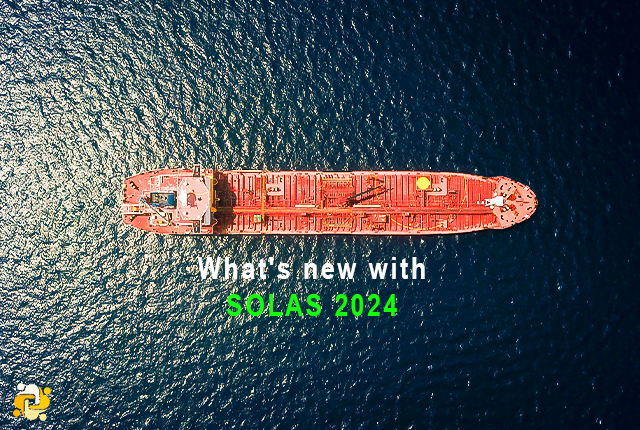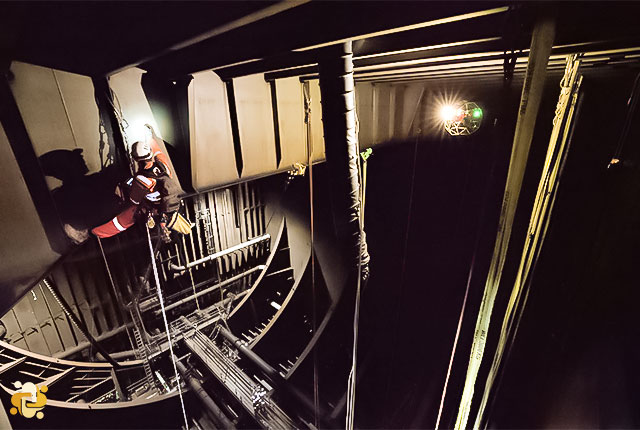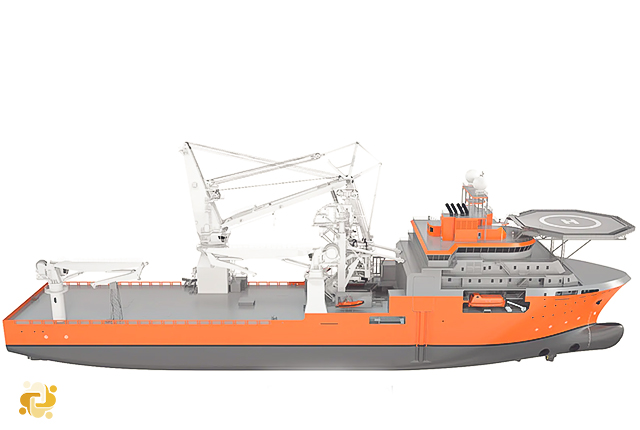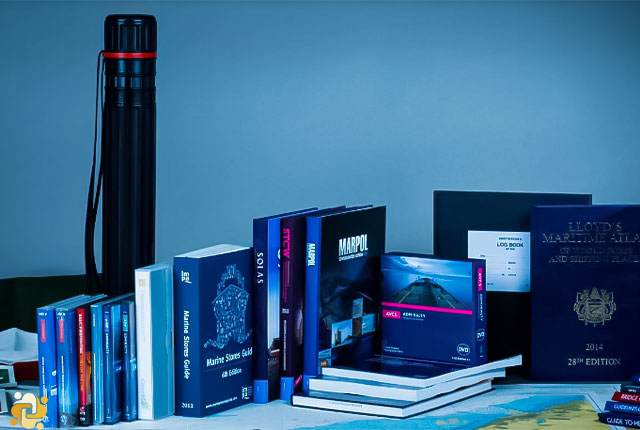
GMDSS requirements for radio installations on board SOLAS ships - 2024
2024-04-23 11:00
Introduction
The Sub-Committee on Navigation, Radio-Communications and Search and Rescue (NCSR), at its ninth meeting (21-30 June 2022), considering amendments to Chapter IV of SOLAS, resolution MSC.496(105) adopted, according to which, the circular No. COMSAR.1/Circ.32/Rev.1 related to the modernization of radio equipment (GMDSS) and harmonizing the requirements related to them. In this technical article, the second edition (COMSAR.1/Circ.32/Rev.2) of this directive is explained, which has become effective from January 1, 2024 for all ships subject to the SOLAS Convention.
This article provides an unambiguous interpretation and guidelines on the radio installation requirements in SOLAS Chapter IV and related IMO instruments. Especially, the requirements on GMDSS equipment to be installed on board (primary and duplicated system) as per ship`s operational sea areas were amended in line with the amendments to SOLAS Chapter IV.
Maintenance requirements
Ships equipped with GMDSS radio installations must adhere to specific maintenance methods for these equipment. Regardless of the chosen maintenance methods to ensure compliance with the functional requirements outlined in SOLAS regulation IV/4.1.1 and as detailed in regulation IV/15.8, a vessel must not leave any port until it is fully capable of executing all distress, urgency, and safety functions specified in regulation IV/4.1.1.
The maintenance methods include:
- Shore-based maintenance
- At-sea electronic maintenance
- Duplication of equipment
SOLAS ships in sea areas A1 and A2 are required to use at least one of the three specified maintenance methods, whereas SOLAS ships in sea areas A3 and A4 should use at least a combination of two methods.
Shore-based maintenance
To ensure the availability of a ship's radio installations, it is necessary to establish a system that is approved by the Administration. This system should provide sufficient support for the maintenance and repair of the ship's radio installations, and it can be achieved through a variety of methods, including shore-based maintenance.
For instance, the following arrangements could be considered suitable:
- A contract with a company that is known to service the ship's trading sea area, offering maintenance and repair services on a call-out basis. It's important to note that if an Administration issues a valid SOLAS certificate, it serves as adequate evidence that the ship-owner has made satisfactory arrangements for shore-based maintenance.
- The establishment of facilities at the primary base of ships that operate on a regular trading route.
At-sea electronic maintenance
If the availability of the radio equipment is ensured through a combination of methods, including at-sea electronic maintenance capability, it is necessary to have sufficient additional technical documentation, tools, test equipment, and spare parts on board. These resources will enable the maintainer to conduct tests, identify, and repair faults in the radio equipment. The range of this additional technical documentation, tools, measuring equipment, and spare parts should align with the installed equipment and receive approval from the Administration. Evidence of such approval should be documented in the Records of Equipment (Form P, R, or C).
The individual assigned to carry out at-sea electronic maintenance should either possess a suitable certificate as outlined by the ITU Radio Regulations, if necessary, or have equivalent at-sea electronic maintenance qualifications. These qualifications should be approved by the Administration, considering the Organization's recommendations on the training of such personnel. (This refers to resolution A. 703(17) on the Training of radio personnel in the Global Maritime Distress and Safety System (GMDSS).)
Duplication of equipment
If this method is chosen, in addition to the Basic Equipment used in sessions 7, 8 and 9 of the SOLAS chapter IV, other equipment must be available in accordance with regulation 14 of this chapter. The details of this equipment are determined according to the shipping area of the ships and will be in accordance with the following table:
If this method is selected, besides the Basic Equipment utilized in Reg. 7, 8, and 9 of SOLAS chapter IV, additional equipment must be accessible as per regulation 14 of this chapter. The specifics of this equipment are decided based on the sea area of the vessels and will comply with the subsequent table:
Equipment requirements (including duplication of equipment) for SOLAS ships

GMDSS Equipment as per Ship’s Operational Sea Areas – 2024 Requirement
The required VHF, MF, MF/HF radio installations and RMSS SES as per ship`s operational sea areas as below. And for the method of marking on SR certificate on or after 1.1.2024, the below table should be followed.
Table No. 2 illustrates the various installation methods for the basic and duplicated radio equipment, categorized by the four sea areas. The 4th column of the table includes the maximum operational area of the ship under different circumstances, which can guide the selection of various equipment.





